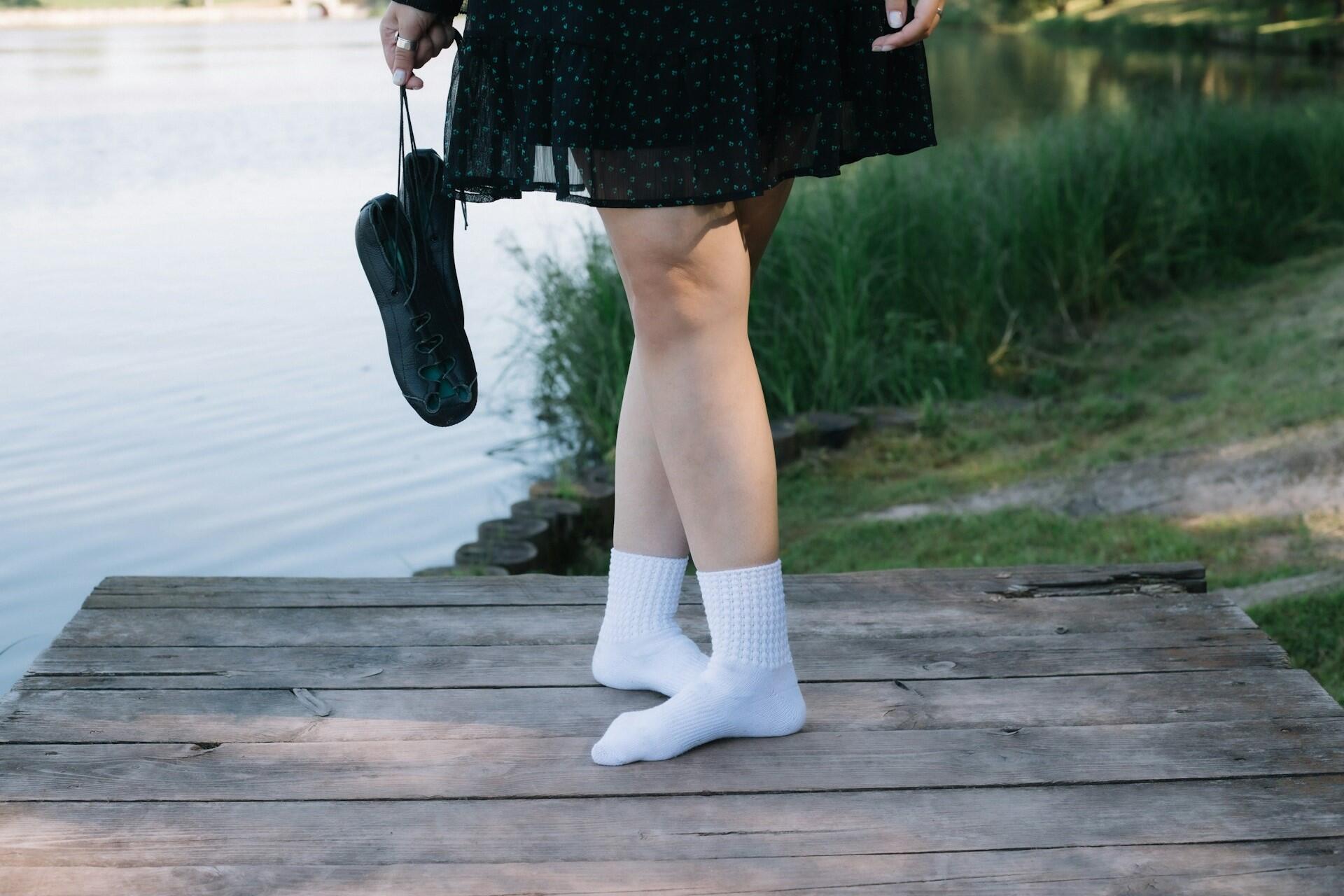Irish dance is woven into the cultural fabric of Ireland. With lively footwork, it's energetic and rhythmic, whether you're watching a traditional or modern performance.
With the fiddle melodies and the bodhrán beats, Irish dance music is rich in history, tradition, and influence.
Here, we'll examine the types, instruments, and modern impact on Irish dance music and its role in traditional and contemporary performances.

History of Irish Dance Music
The history of Irish dance music traces its roots back to ancient Celtic traditions. Music was integral (and still is) to community gatherings and storytelling.
The earliest Irish dances were performed along with vocal music, as instruments didn't become prominent until the 17th and 18th centuries. The rise of ceili and set dances in the 19th century formalised the connection between Irish dance and music.
The Irish cultural revival of the late 19th and early 20th centuries saw renewed interest in traditional Irish music. Organisations like Comhaltas Ceoltóirí Éireann work to preserve Irish music and dance.
Irish emigration also spread many aspects of Irish culture, with Irish music influencing genres worldwide, including American music like bluegrass and folk.
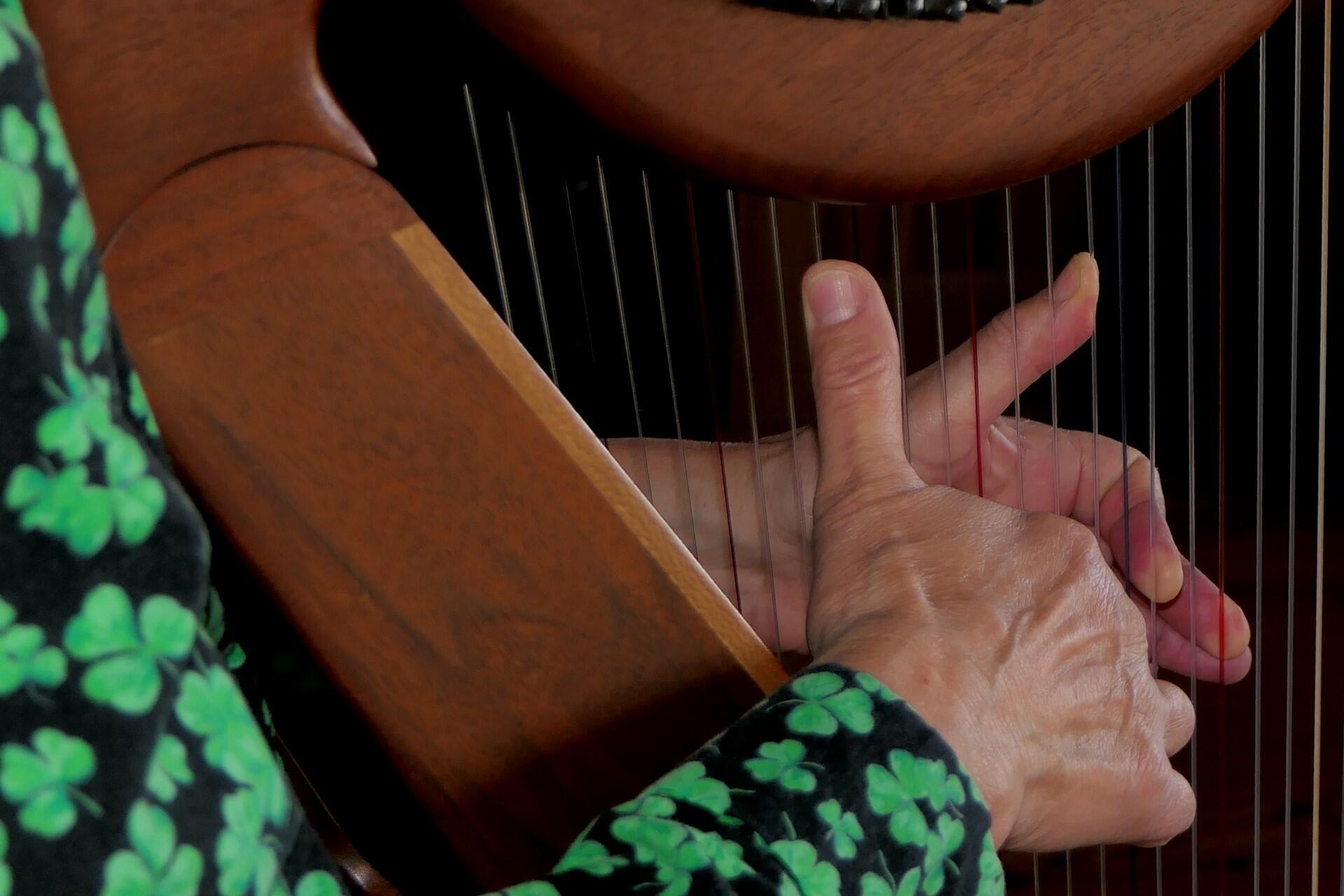
Types of Irish Dance Music
Irish dance music includes different dance forms with unique structures and time signatures. These have evolved over centuries and are still widely performed in casual and competitive settings. Here are some of the main types of Irish dance music forms.
Reels
Reels are the most commonly performed type of Irish dance music. These are recognisable for their fast tempo and straightforward rhythm.
They occur in 4/4 time, which means four beats per measure. The rhythm is typically evenly spaced with a continuous driving feel.
Reels emphasise the downbeat, which is great for Irish dance's fast, intricate footwork.
- Tempo: Fast and lively, ranging from 100-120 beats per minute (bpm).
- Style: Fluid and energetic, ideal for solo and group dances.
- Dances Performed: Solo performances, ceili (group) dances.
- Notable Tunes: "The Silver Spear," "The Wind That Shakes the Barley," "Cooley’s Reel."
Key Features
- Often played with fiddle, accordion, or flute.
- Popular in Riverdance performances due to the speed and rhythmic drive.
Jigs
Jigs are the most famous type of Irish dance music by name. You can recognise them by their 6/8 time signature and "diddly-diddly" sound, with two groups of three beats per bar. There are different subcategories of jigs, each with a unique feel and purpose.
Single Jig
- Time Signature: 6/8 with a simpler structure.
- Tempo: Moderate to fast.
- Style: Gentle and playful, ideal for beginners.
- Notable Tune: "The Connaughtman's Rambles."
Double Jig
- Time Signature: 6/8 with more complex rhythmic variation.
- Tempo: Faster than a single jig.
- Style: Lively, used often in Feis competitions.
- Notable Tune: "The Kesh Jig."
Slip Jig
- Time Signature: 9/8 with a lilting, elegant rhythm.
- Tempo: Slower, graceful.
- Style: Often referred to as the "ballet of Irish dance" due to its fluid motion.
- Dances Performed: Soft shoe dances for female dancers.
- Notable Tune: "The Butterfly."
Key Features
- Often performed in soft shoes (ghillies) for a lighter sound.
- The slip jig is unique for its feminine grace and elegance.
Hornpipes
Hornpipes, much like reels, use a 4/4 time signature. However, they are usually slower and more syncopated, with a swinging rhythm. They still emphasise the downbeat but have a dotted rhythm, which makes them feel bouncier with a skipping quality.
- Tempo: Moderate (80-100 bpm).
- Style: Strong, deliberate steps matching the heavy beats.
- Dances Performed: Hard shoe dances emphasising rhythmic taps.
- Notable Tunes: "The Boys of Bluehill," "King of the Fairies."
Key Features
- Danced in hard shoes for percussive sounds.
- Typically, it involves slower, more defined steps.
Set Dances
Set dances have fixed melodies and specific choreography for solo performances. Each set dance has a predetermined length and rhythm, which is great for competitions where music and steps are judged closely.
- Time Signature: Varies between 6/8, 4/4, and even more complex patterns.
- Tempo: Ranges from slow to fast, depending on the set dance.
- Style: Choreographed dances often emphasise storytelling through movement.
- Notable Tunes: "The Blackbird," "St. Patrick’s Day," "The Garden of Daisies."
Key Features
- Used mainly in competitive Irish dance (Feis).
- Often performed in hard shoes for precise rhythm control.
Polkas and Slides
These dances are less common in competitive Irish dance, but polkas and slides are traditional dances in certain places like Sliabh Luachra (a region in Kerry and Cork).
Polkas
- Time Signature: 2/4
- Tempo: Fast and bouncy.
- Style: Light, lively, and repetitive.
- Dances Performed: Often used in ceili dancing and folk gatherings.
- Notable Tune: "Maggie in the Wood."
Slides
- Time Signature: 12/8
- Tempo: Faster than jigs.
- Style: Energetic, with a playful rhythm.
- Dances Performed: Popular in regional set dances.
- Notable Tune: "The Star Above the Garter."
Key Features:
- Often accompanied by fiddle and accordion.
- Popular in Southern Ireland, especially in social dances.
Waltzes
Though waltzes aren't a traditional part of competitive Irish dances, their graceful, sweeping style sometimes allows them to be included in casual performances, which is great for seniors interested in Irish dance.
- Time Signature: ¾
- Tempo: Slow to moderate.
- Style: Flowing, emphasising elegance.
- Dances Performed: Social dances and show performances.
- Notable Tune: "The South Wind."
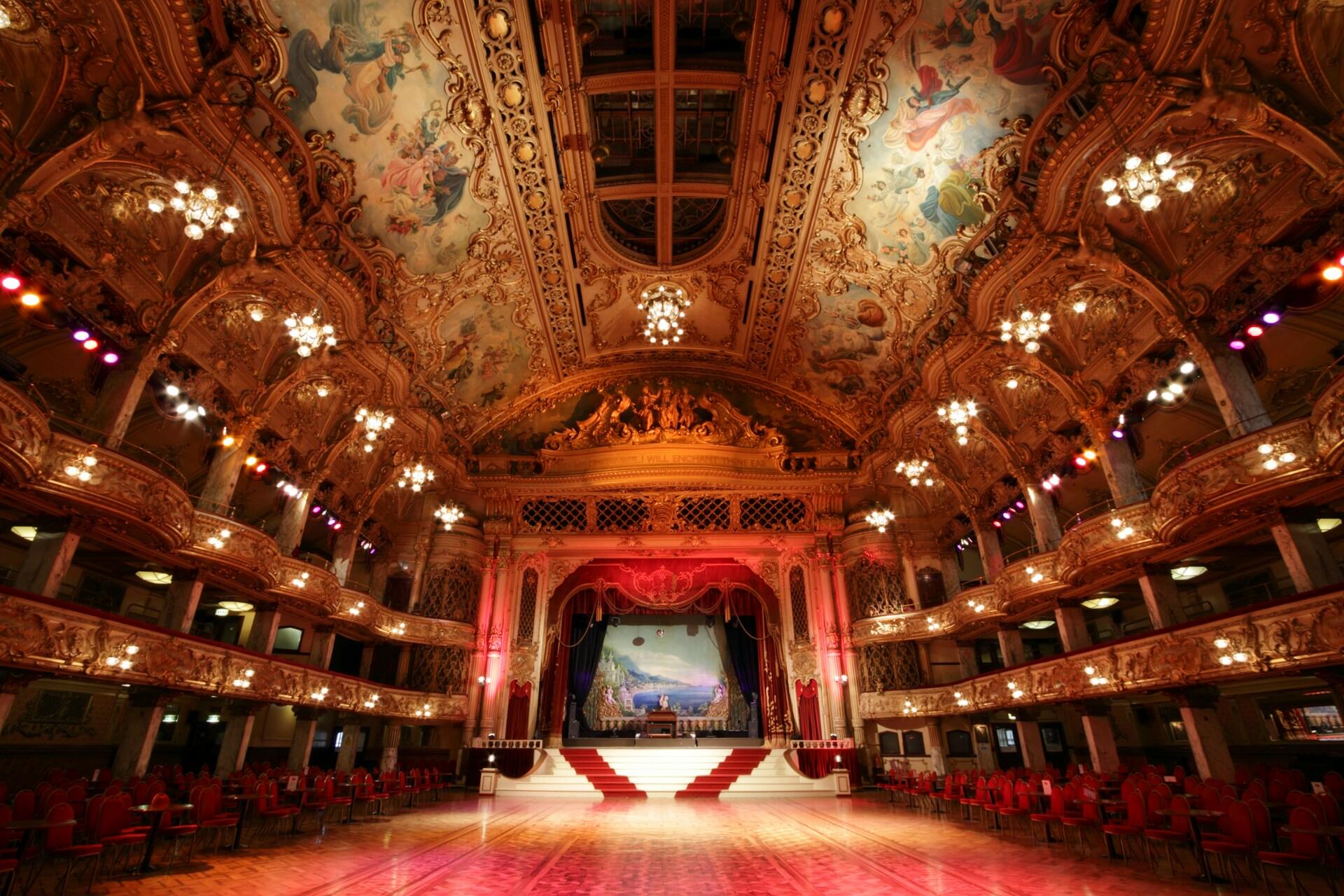
Here are all the different types of music summarised.
| Dance Type | Time Signature | Tempo | Key Style |
|---|---|---|---|
| Reel | 4/4 | Fast (100-120 bpm) | Lively, smooth footwork |
| Single Jig | 6/8 | Moderate | Simple, bouncy |
| Double Jig | 6/8 | Faster | Complex rhythm, lively |
| Slip Jig | 9/8 | Slow to Moderate | Graceful, elegant |
| Hornpipe | 4/4 | Moderate (80 bpm) | Strong, syncopated |
| Set Dance | Varies | Varies | Choreographed, technical |
| Polka | 2/4 | Fast | Bouncy, social dancing |
| Slide | 12/8 | Fast | Playful, Southern Ireland style |
| Waltz | 3/4 | Slow to Moderate | Elegant, flowing |
How the Music Influences the Dance
Naturally, the structure of the accompanying dance will change depending on the music, with the feel and choreography matching. For example:
- Fast reels encourage intricate, rapid footwork.
- Slip jigs promote flowing, graceful movements.
- Hornpipes emphasise precision and percussive rhythms, often paired with hard shoe performances.
If you're considering learning about Irish dancing, don't forget to consider the cost of lessons.

Instruments Used in Irish Dance Music
Typically, specific instruments are used in Irish dance music, and certain instruments are regularly used. Here are some of the most common ones.
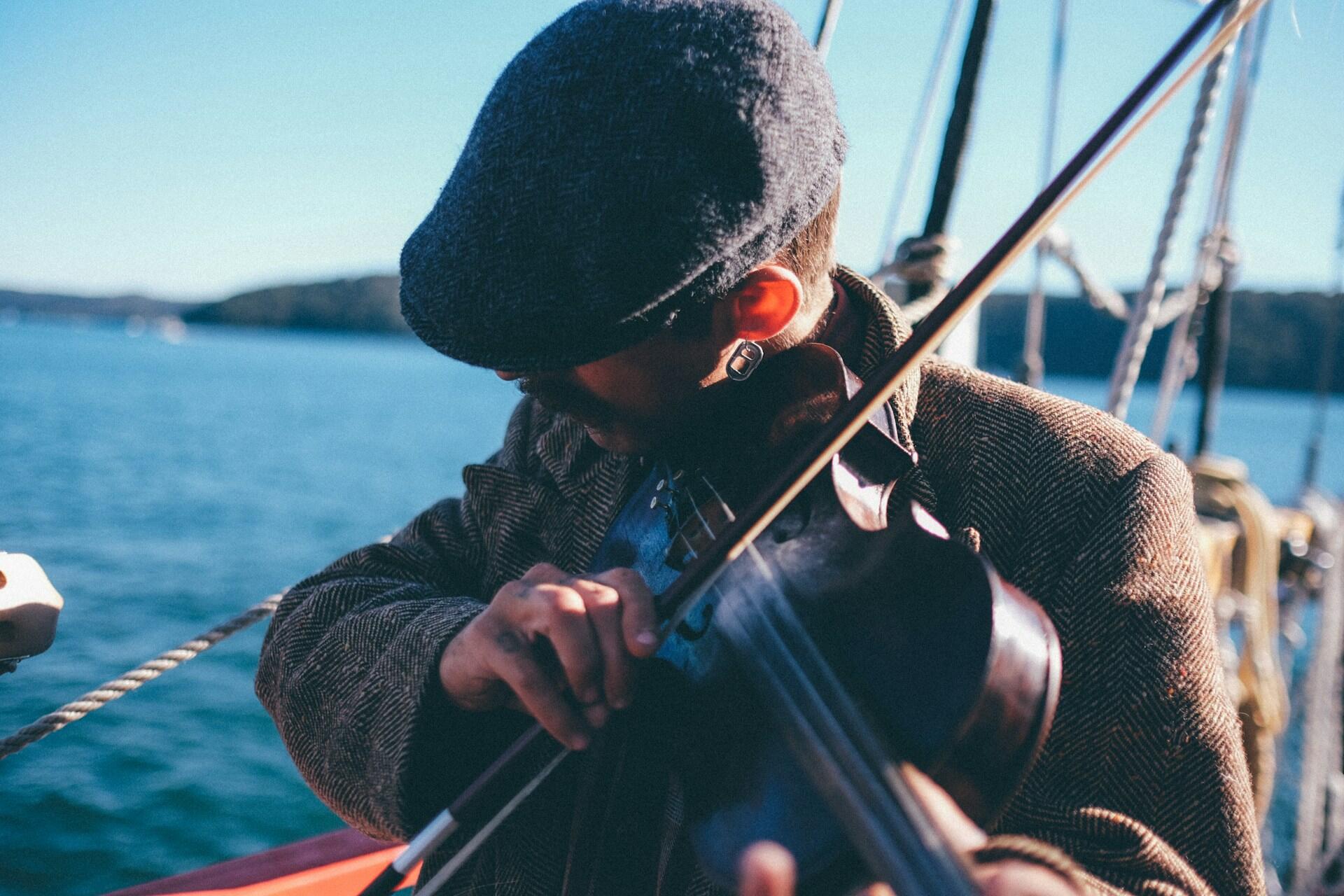
Fiddle
The fiddle is the most iconic musical instrument in Irish music. It's famous for its melodic and expressive sound and is responsible for lead melodies and harmonies in Irish dance tunes.
Tin Whistle
The tin whistle is a simple wind instrument with a bright and piercing sound. Its simplicity makes it popular for beginners, but even the most advanced players can produce technically brilliant performances.
Uilleann Pipes
The uilleann pipes are a type of bagpipes unique to Ireland. They produce a haunting and mellow sound, making them choice for slower tunes.
Bodhrán
The bodhrán is the traditional Irish frame drum. It's played with a small stick known as a tipper. The rhythm provided is the heartbeat of many Irish dance performances.
Famous Irish Dance Music Performances and Shows
Irish dance music has always been popular in Ireland, but certain iconic shows that combine traditional dance with theatrical spectacle have helped expand its popularity beyond Ireland and the Irish diaspora worldwide. Here are some of the most famous shows.
Riverdance
Riverdance premiered in 1994 during the Eurovision Song Contest. It helped bring Irish dance music to the world stage.
It was choreographed by Michael Flatley and Jean Butler and combined powerful dance routines with live music.
Watch an incredible Riverdance performance here.
Lord of the Dance
After Riverdance, Michael Flatley created Lord of the Dance, another theatrical production with speed and rhythm. This production combined dramatic storytelling with the music. If Flatley's work has inspired you, you might want to look for Irish dance classes.
Celtic Woman
Celtic Woman blends Irish dance music and vocal performances with orchestral arrangements, which helps broaden the appeal of Irish dance music to a worldwide audience.
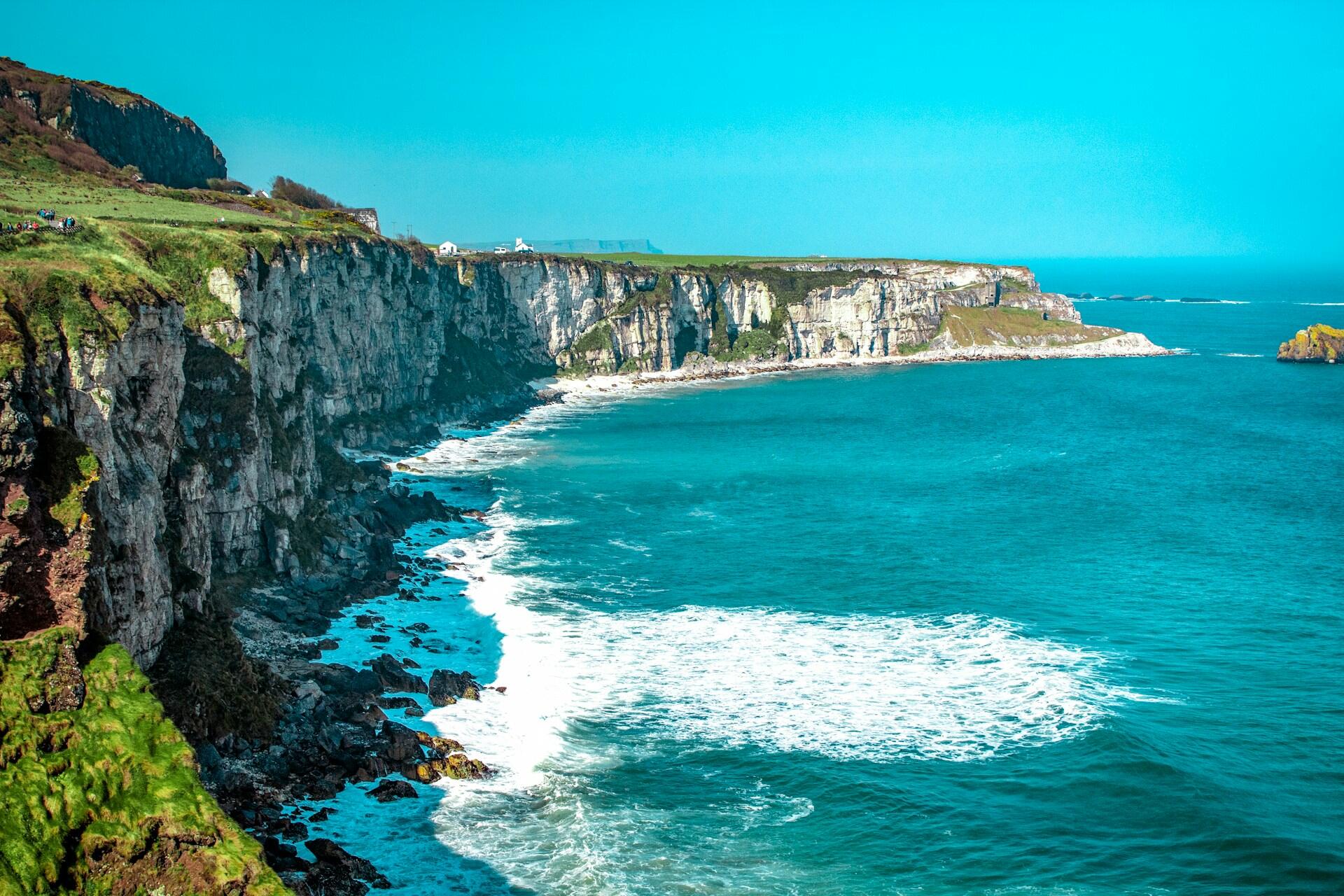
The Influence of Irish Dance Music on Other Genres
We mentioned earlier that Irish dance music has influenced other genres. We already mentioned bluegrass and folk, but did you know that it's also been heavily used in film scores?
Key Elements Shared with Bluegrass
- Fiddle Playing: The Irish fiddle style heavily inspired the prominent role of the fiddle in bluegrass, with fast-paced reels and jigs finding a parallel in bluegrass breakdowns.
- Rhythmic Drive: The driving rhythm of reels and hornpipes translated into the rhythmic style of bluegrass banjo picking and mandolin playing.
- Storytelling: Both Irish dance music and American folk share a focus on storytelling through instrumental pieces and ballads.
Key Characteristics of Folk Rock Influence
- Rhythmic Complexity: The syncopated rhythms from hornpipes and reels were adapted into rock drumming patterns.
- Instrumental Crossovers: Electric guitars mimicked the rhythmic phrasing of fiddles and pipes.
- Lyrical Content: Modern folk rock often references themes of Irish folklore, history, and mythology, much like traditional dance music.
Key Film Score Techniques Borrowed
- Uilleann Pipes and Tin Whistles: Often used for emotional, sweeping moments.
- Fiddle Solos: Employed for reflective scenes.
- Bodhrán Drumming: Used to build tension and rhythm in action sequences.

